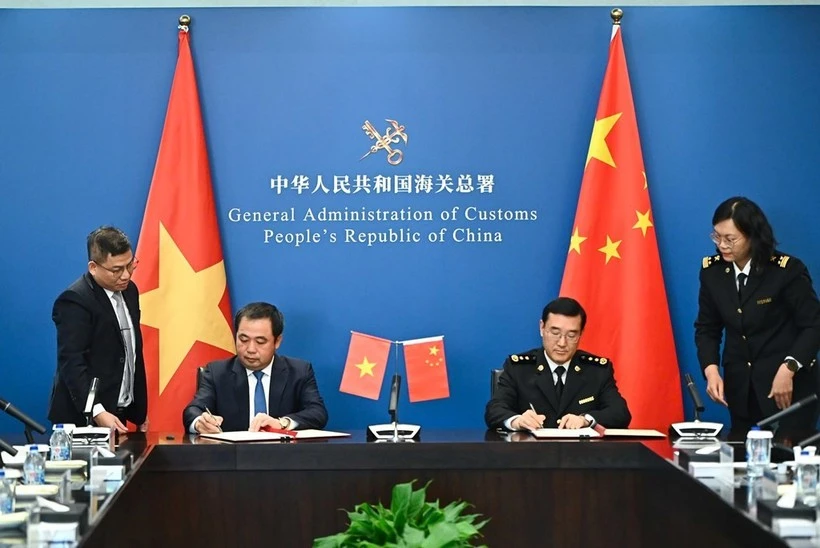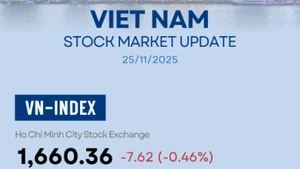In 2025, under the leadership of the Party, the National Assembly, and the Government, state management of air transport was enforced decisively and in a synchronised manner by the CAAV, achieving strong positive results. Domestic and international flight operations were maintained continuously and without disruption, guaranteeing absolute aviation safety while meeting growing public travel needs and supporting socio-economic development more effectively.
Assessing the overall picture of Viet Nam’s aviation sector in 2025, CAAV Director General Uong Viet Dung said the authority proactively and promptly directed and administered operations, working closely with agencies and units across the sector to strictly implement high-level directives, particularly during peak periods such as the At Ty Lunar New Year surge, the summer travel peak, the 50th anniversary of Southern Liberation and National Reunification (April 30, 1975 –2025), and the 80th National Day commemorations (September 2, 1945 –2025).

Institution-building remain key priorities, creating a coherent legal corridor for civil aviation operations. The CAAV reviewed, drafted, and formally reported the proposed amendments to the Law on Civil Aviation, which is being submitted to the National Assembly for consideration. In parallel, the authority is expediting sub-law normative and regulatory instruments to ensure full legal synchronisation immediately upon the law’s entry into force.
In addition, the authority focused on resolving operational challenges, working alongside airlines on financial restructuring and providing support for new aircraft leasing and purchases, while improving the efficiency of existing fleets to address capacity shortages. Slot coordination and flight operations oversight were strengthened, with strict action taken in cases of delays or cancellations, reinforcing aviation security and safety.
In the area of international integration, CAAV actively negotiated and signed bilateral and multilateral air service agreements guided by the “open skies” policy. As of the winter 2025 schedule, 71 airlines from 30 countries operate 142 regular international routes to Viet Nam.
Digital transformation continues to leave a strong imprint through the deployment of the A-CDM model at airports and adoption of VNeID biometric facilitation, shortening processing times, enhancing airport operations, and relieving pressure on infrastructure.

In the first 10 months of 2025, Viet Nam aviation transported 69.3 million passengers, up 10.8%, and 1.2 million tonnes of cargo, up 18.5% year-on-year. The market also welcomed the new entrant, Sun Phu Quoc Airways.
Director General Uong Viet Dung emphasised: ‘Amid persistent challenges, maintaining continuous, safe, and efficient aviation operations in full compliance with international regulations and standards stands as a major sector-wide achievement, reflecting the industry’s responsibility and accountability to the Party, the State, and the people.’”
Entering 2026, the CAAV set five core priorities: completing regulatory and institutional frameworks, sustaining market growth, continuing support for airlines; strengthening international cooperation, and advancing digital transformation and technology adoption in state management practice.
With strong results in 2025 and a clear strategic direction mapped for 2026, Viet Nam’s aviation sector continues to affirm its vital role in national integration and development, contributing to the success of the country’s industrialisation and modernisation mission.
















